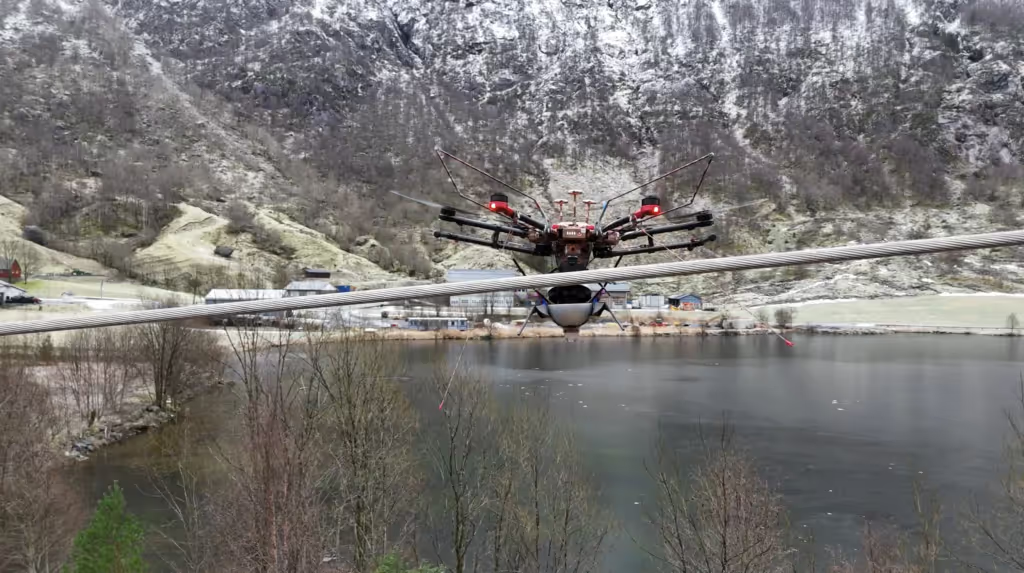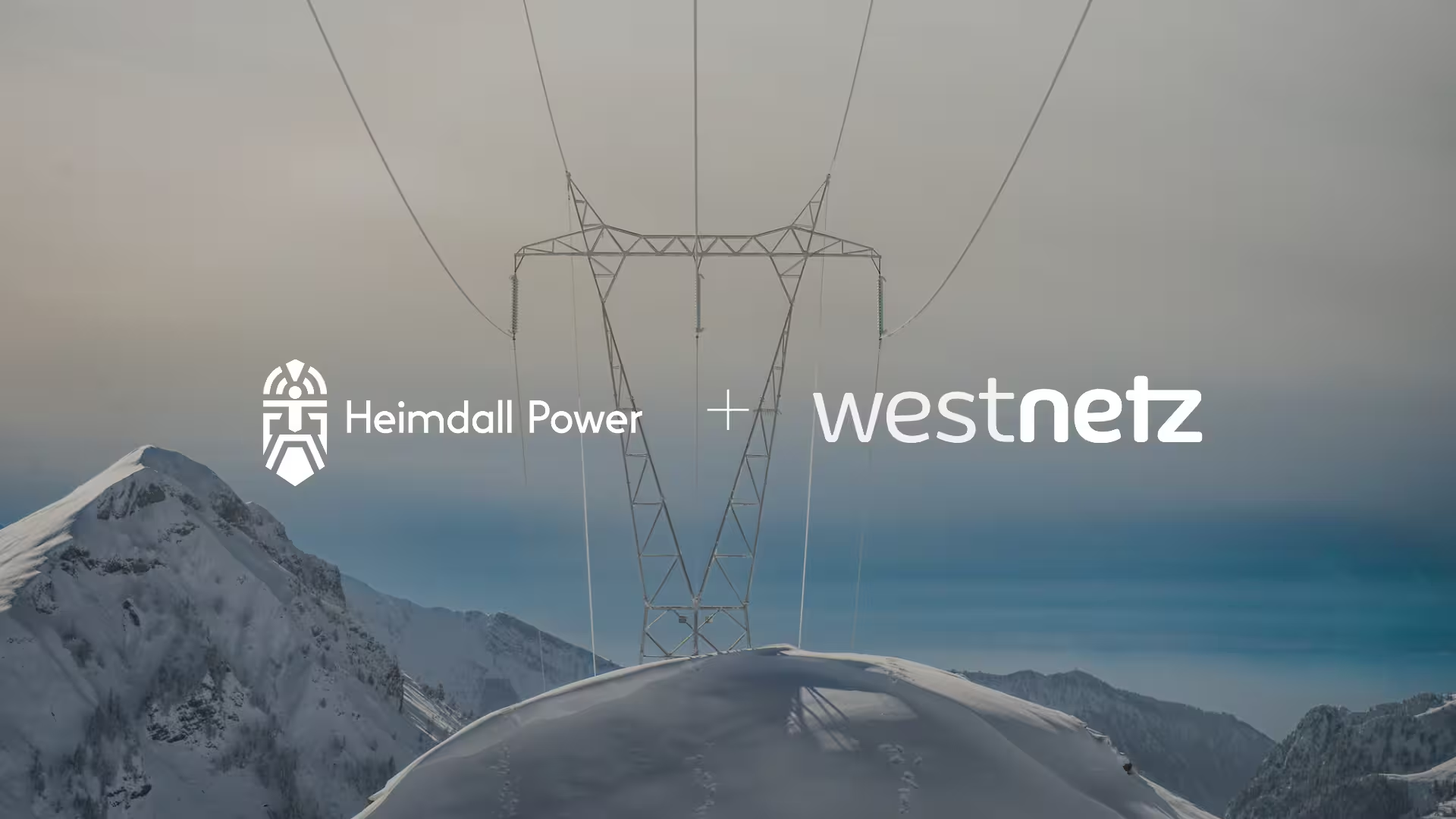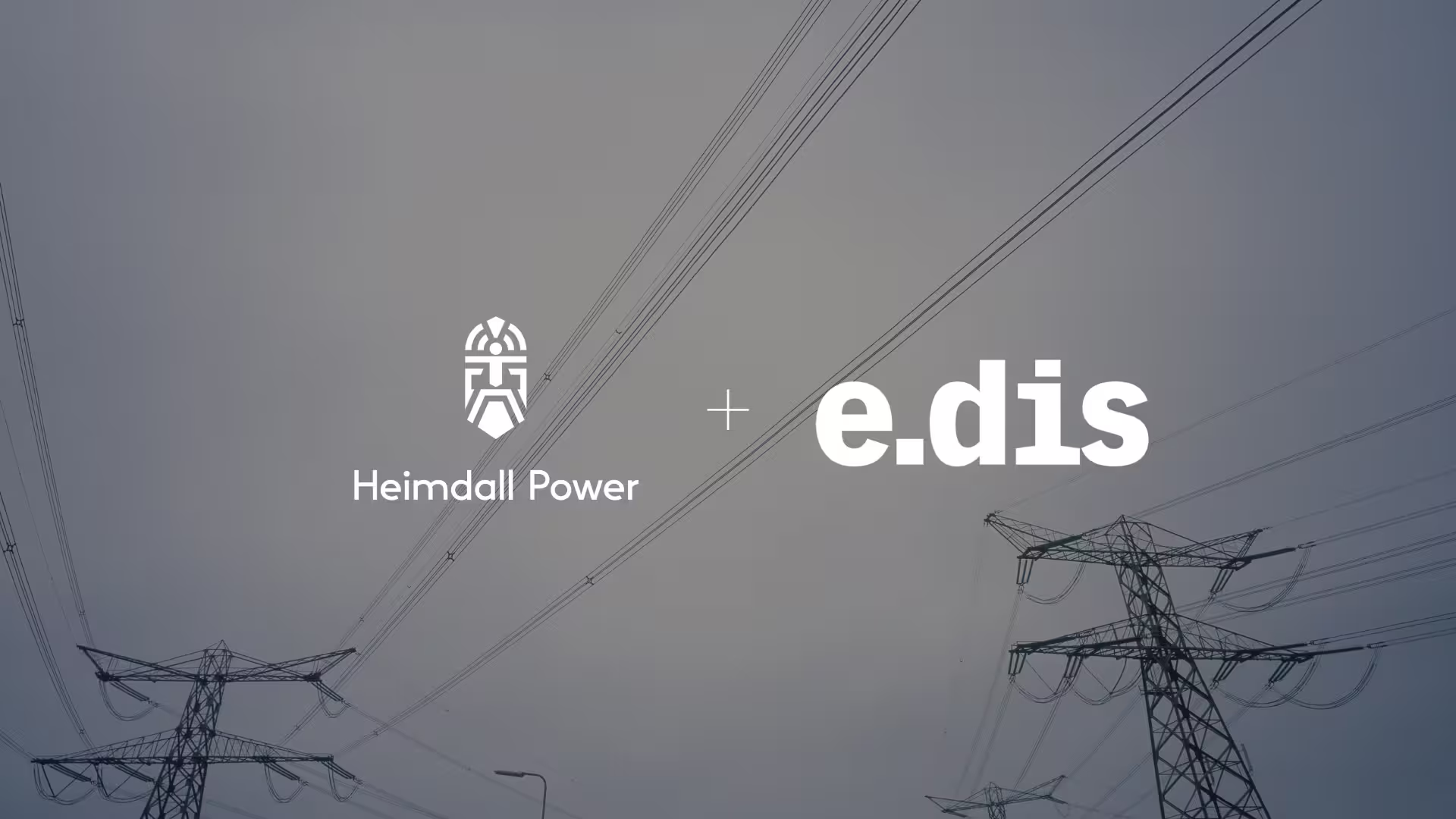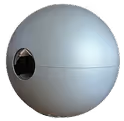Taking our autonomous drone installation technology one step further

At Heimdall Power, we have already made it safe, quick and easy to install our Neuron sensors on live lines using our autonomous drone installation technology.
However, since the power grid is constantly evolving, being able to rearrange the sensor setup is becoming increasingly important for our customers. That is why we’re now announcing a new, cool, cutting-edge drone capability to meet our customers’ needs for flexibility.
Thanks to the hard work and technical advancements of our drone team, we are now able to use drones to move Neurons, and yes, just like our installation, it takes less than 10 seconds to conclude the whole process on the power line.
Read also: Our new, 10 second drone installation
This means that it’s now possible to take down a Neuron with a drone and move it to another desired location. This can for example be useful if there is a need to move a sensor from a line being rebuilt, to a nearby line used to reroute the “traffic”. Then, when the new line is up and running, the same Neurons can be safely put back at their original location.
Just over a week ago, our customer Fagne, who has deployed our sensors system-wide, became the first to utilize this brand-new drone capability. Their Senior Engineer, Bernt Ove Pedersen, commented the new feature in the following way:
This makes it possible to relocate Neurons according to our needs. As we build increasingly more knowledge and competency about the use of Neurons I see it as very likely that we will utilize this capability in the future, both to improve our system-wide solution, but also for other use cases we are looking into, like ice monitoring. Bernt Over Pedersen, Senior Engineer at Fagne
Read also: Heimdall Power signs system-wide deal with Norwegian DSO Fagne
CTO at Heimdall Power, Øyvind Teigen, commented the new advancement with enthusiasm:
“This is another great achievement by our fantastic drone team, who continue to deliver industry-moving innovations. With this new capability, we are now making our solutions even more adaptable, fully in line with the constantly changing needs and congestion in the modern power grid.”



